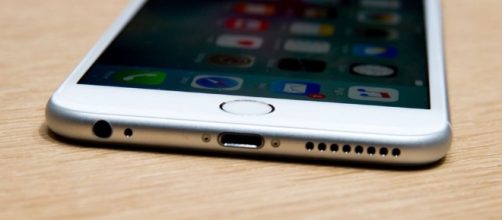Technology is advancing at a rapid pace. Each day is met with newer innovations that once seemed impossible to achieve. On similar lines, Scientists have now developed a kind of technology that can simply be charged using Body movements. This technology will hopefully be embedded into smartphones, therefore eliminating the use of chargers altogether. In other words, if this technology meets its inception then the users will soon be able to charge their smartphones through body movements such as waving and walking.
Reports suggest the innovation
According to a Report published by Financial Express, the technology is built in a battery that is created using multiple layers of black phosphorus.
Black phosphorus is recognized as the kind that utilizes a few atoms to output maximum energy. These particles depend on friction or the force created through bodily movements. According to Cary Pint, assistant professor at the Vanderbilt University of US, the future holds the kind of time wherein personal devices will be charged through the means of energy created through human motions and environment. Needless to say, this isn’t the first time that such a phenomenon has been established in the market.
There have been many other approaches as well, wherein energy can be harvested through human movements. However, the recently-developed one comes along with two key advantages, unique to it. According to the researchers, since the material used in the approach are thin and small, it takes considerably lesser time to collect energy from movements.
This significantly reduces the overall time needed to charge a smartphone. Apart from this, since the method does not involve the use of chemical substances as such, the approach is assumed to be much safer by nature.
A replacement of wireless charging
This sure is a great achievement towards the future of technology. While big brands such as Apple and Samsung are toying with the idea of wireless charging, how wonderful would it be to charge one’s smartphone through bodily movements itself? Not only will it reduce the cost of the smartphone but also make it much easier to tackle every-day problems such as low-battery issues with smartphones. If this technology turns out to be successful, it remains to be seen whether other smartphone manufacturers decide to adopt the said technology or not. Only time will tell whether this ends up taking place or not?


